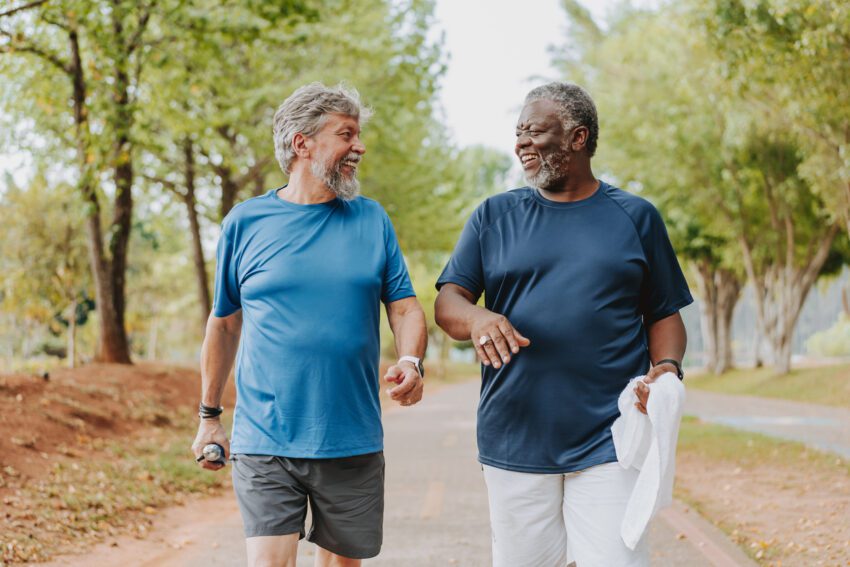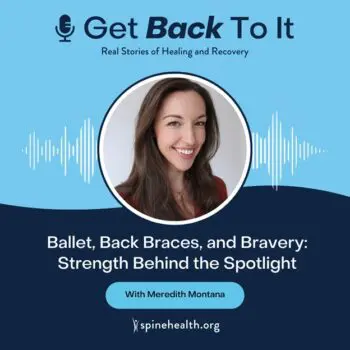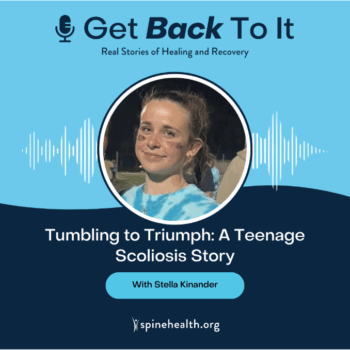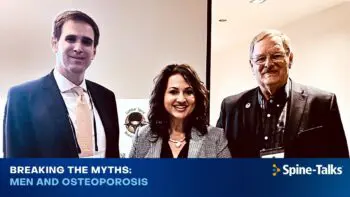Spondylosis is a term used to describe the natural wear and tear on the spine as people age. This wear and tear can cause pain and stiffness, and may lead to other spine problems.
Common Causes
- Aging: The most common cause of spondylosis, as the spine naturally degenerates over time.
- Osteoarthritis: A type of arthritis that affects the joints in the spine.
- Injury: Previous injuries to the spine can contribute to spondylosis.
- Genetics: Family history can play a role in the development of spondylosis.
- Repetitive strain: Activities that put repeated stress on the spine.
Symptoms
- Neck or back pain.
- Stiffness in the spine, especially in the morning.
Diagnostic Tests
- Physical exam: The doctor checks for pain, range of motion, muscle strength, and reflexes.
- X-rays: Pictures of the spine to see bone alignment and any degeneration.
- MRI or CT scan: Detailed images of the spine to see the discs, nerves, and any compression.
Treatment Options
Non-Surgical:
- Medications: Over-the-counter pain relievers or prescription medications to reduce pain and inflammation.
- Physical therapy: Exercises to strengthen muscles and improve flexibility.
- Injections: Steroid injections to reduce inflammation and pain.
- Chiropractic care: Manual adjustments to improve spine alignment.
- Heat and ice therapy: Applying heat or ice to reduce pain and swelling.
Surgical:
- Spondylosis is often just one of several spinal conditions combined together to cause a surgical problem.
- Spinal fusion: Joining two or more vertebrae to stabilize the spine if spondylosis was combined with spinal instability.
- Laminectomy: Removing part of the vertebra to relieve pressure on the nerves, if spondylosis was combined with neural compression
- Artificial disc replacement (arthroplasty): Removing a damaged disc and replacing it with an artificial disc, if spondylosis was combined with disc degeneration.
Common Conditions That Can Cause Similar Symptoms
- Degenerative disc disease: When the spinal discs wear out.
- Facet syndrome: When the small joints of the spine develop arthritis.
When to See the Doctor
- If you have persistent neck or back pain.
- If you experience numbness, tingling, or weakness in your arms or legs.
- If the pain interferes with your daily activities or sleep.
- If you have difficulty moving or feel stiffness in your spine.
What to Ask the Doctor
- What is causing my symptoms?
- What treatment options are available?
- How long will it take to recover?
- What are the risks and benefits of surgery if needed?
- Are there specific exercises I should do or avoid?
Home Remedies for Mild Symptoms
- Exercise: Gentle exercises can help strengthen muscles and reduce pain.
- Stretching: Regular stretching can relieve muscle tension and improve flexibility.
- Pain relief: Over-the-counter pain relievers like ibuprofen or acetaminophen can help with pain.
- Proper posture: Maintain good posture to reduce pressure on the spine.
- Heat or ice therapy: Applying heat or ice can reduce pain and swelling.
Understanding spondylosis can help you know when to seek medical advice and what questions to ask your doctor. Early detection and treatment can help manage the condition, prevent future worsening, and improve your quality of life.



